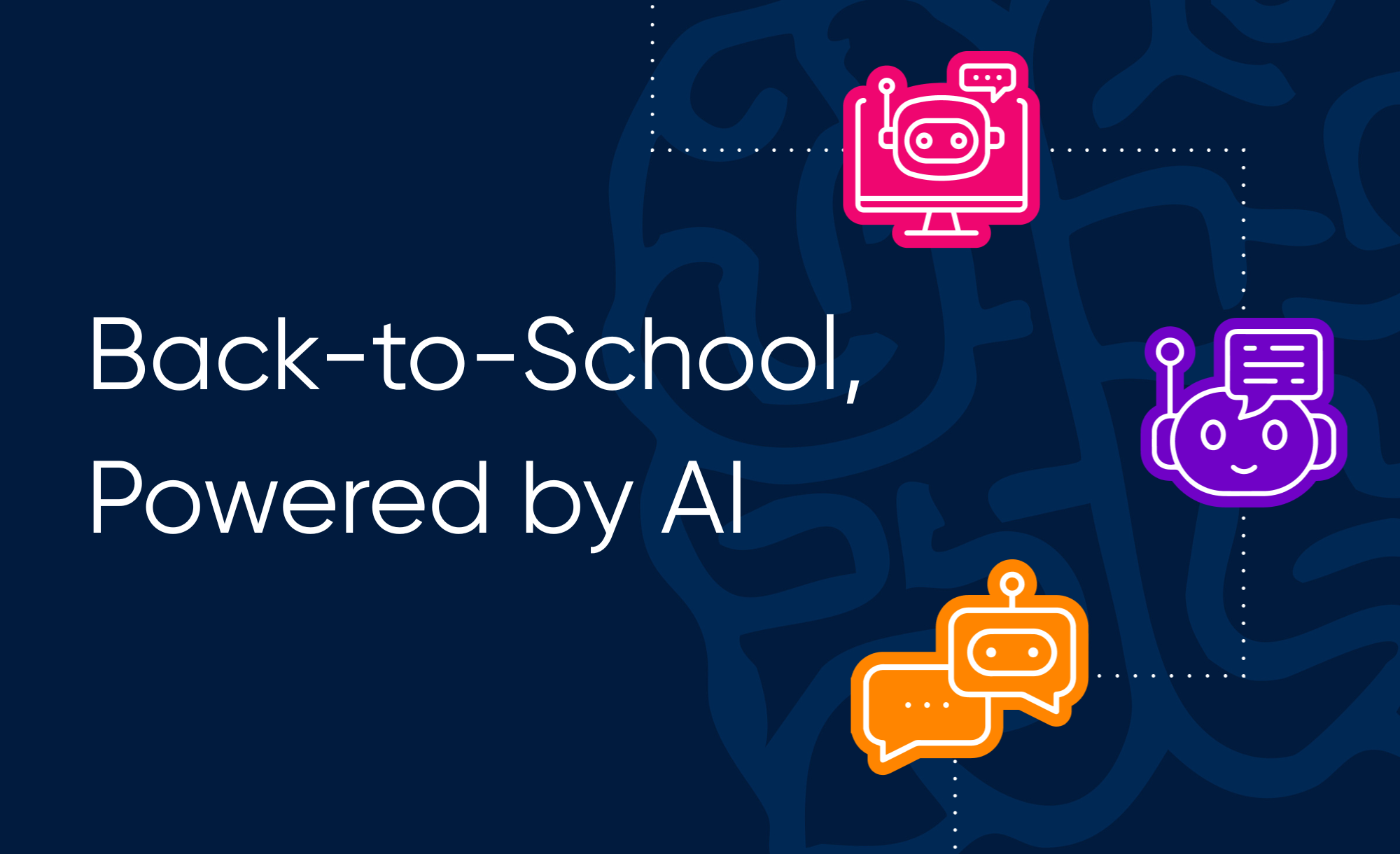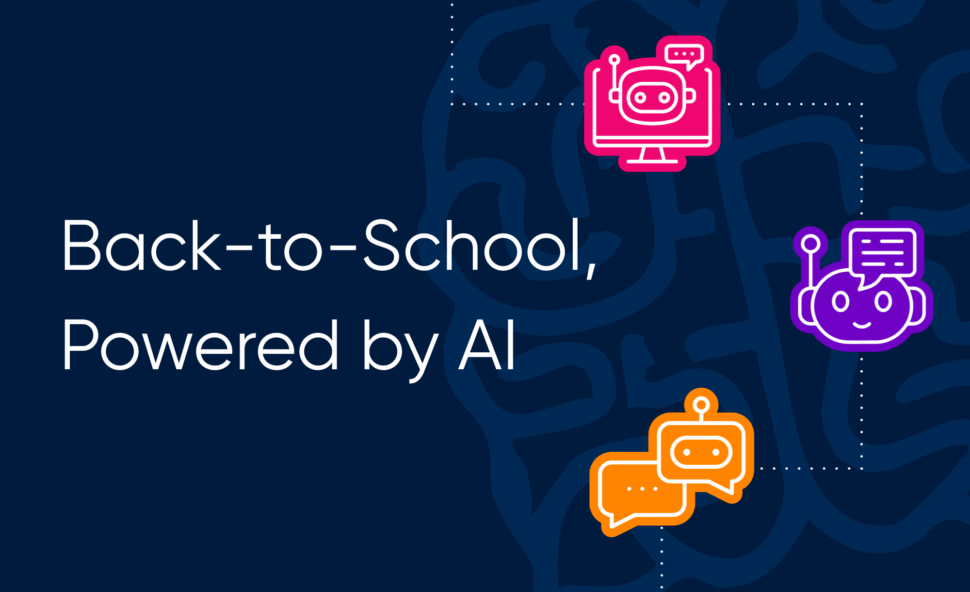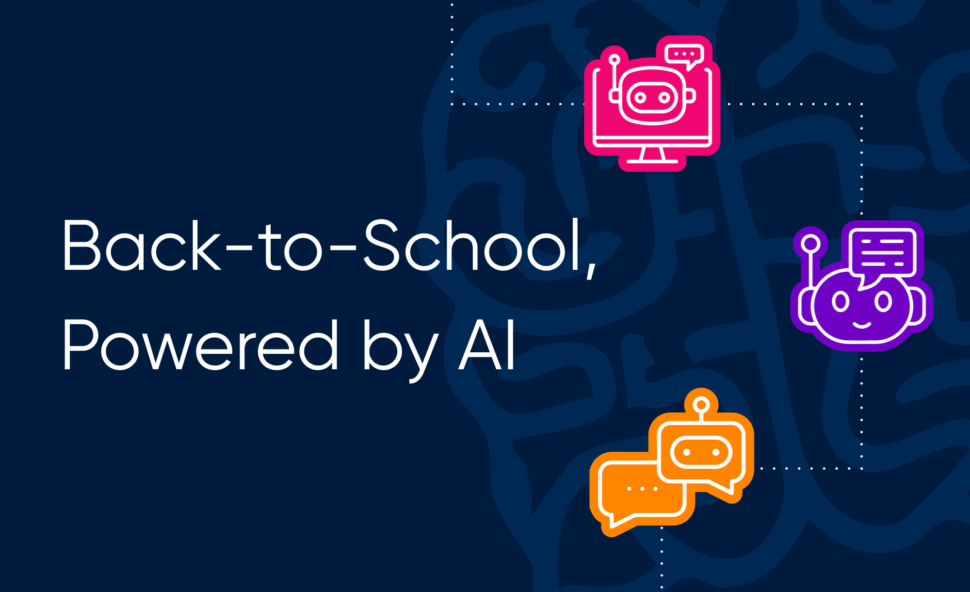Table of Contents
As artificial intelligence continues to reshape education, schools and districts across the country are grappling with a critical question: How do we harness AI’s educational benefits while maintaining academic integrity and student safety? The answer lies in developing a comprehensive AI policy that provides clear guidelines for students, teachers, and administrators.
If your school or district is still operating without an AI policy, you’re not alone, but you’re also running behind. Here’s what you need to include in your 2025 AI policy to ensure responsible, effective AI integration in your educational environment.
Start with Key Considerations
Before diving into policy specifics, your team needs to address several foundational questions:
Alignment with Existing Policies: How does AI integration fit with your current technology policies? Look for gaps or conflicts that need addressing.
Stakeholder Input: What do teachers, students, parents, and administrators think about AI use? Their perspectives will shape policy acceptance and effectiveness.
Technical Reality Check: What AI tools and technical resources are actually available at your school? Your policy should reflect your current capabilities.
Educational Philosophy: How does AI support (not replace) your core educational mission? This alignment is crucial for buy-in.
Compliance Requirements: What data privacy and security regulations apply to your district? FERPA, COPPA, and state-specific laws all factor into AI policy development.
Define Acceptable Use Cases
Your policy should clearly outline approved ways different stakeholders can use AI:
For Students
- Creativity Enhancement: Using AI to brainstorm ideas for writing, art, or project inspiration
- 24/7 Tutoring Support: Accessing AI for personalized help with homework and concept review
- Organization Tools: Getting assistance with outlining papers or organizing thoughts
- Collaborative Learning: Contributing AI-generated ideas to group discussions (with proper disclosure)
For Teachers
- Research and Resource Discovery: Finding relevant educational materials and teaching resources
- Professional Development: Exploring new teaching techniques and classroom management strategies
- Content Creation: Developing lesson plans or enhancing existing curriculum materials
- Cross-Curricular Collaboration: Identifying ways to integrate subjects creatively
For Administrators
- Policy Development: Using AI to draft or refine administrative policies
- Data Analysis: Gaining insights from testing and performance metrics
- Operational Efficiency: Streamlining scheduling, information management, and FAQ responses
Establish Clear Boundaries
Equally important are the prohibited uses that protect academic integrity and student safety:
Academic Dishonesty: Define what constitutes plagiarism and cheating with AI tools. Require citations and disclosures for AI-assisted work.
Bullying Prevention: Explicitly prohibit using AI for harassment or harmful purposes toward other students or staff.
Overreliance Concerns: Set boundaries to ensure students continue developing critical thinking skills rather than becoming dependent on AI.
Sensitive Decision-Making: Never allow AI to be the sole decision-maker for grading, disciplinary actions, or admissions. Always require human oversight for high-stakes decisions.
Build Your Policy Framework
A comprehensive AI policy should include six essential components:
- Mission Statement: Explain why your school is adopting AI and how it supports, not replaces, educational goals.
- Clear Definitions: Define what AI tools are covered and which technologies fall under the policy.
- Acceptable Use Guidelines: Provide specific, role-based examples of approved AI applications.
- Prohibited Uses: Clearly articulate boundaries and consequences for misuse.
- Legal Compliance: Address relevant data privacy laws and regulations.
- Attribution Requirements: Establish clear guidelines for disclosing and citing AI use.
Implementation Strategy
Form an AI Committee: Assemble a diverse team including teachers, administrators, and even AI-hesitant staff to ensure all perspectives are considered.
Pilot Testing: Consider rolling out your policy with a specific class or grade level before full implementation.
Ongoing Review: Schedule regular committee meetings to discuss issues, gather feedback, and update the policy as AI technology evolves.
Age-Appropriate Considerations
Your policy should recognize that a fifth-grader’s AI use will look very different from a high school senior’s. Consider creating tiered guidelines that:
- Provide more structure and supervision for younger students
- Allow increased autonomy for older students while maintaining accountability
- Include age-appropriate examples and language in policy communications
The Technology Infrastructure Piece
Your AI policy is only as strong as your ability to monitor and enforce it. Consider platforms that provide:
- Real-time visibility into AI usage across your system
- Built-in safeguards and content filters
- Compliance tracking for data privacy requirements
- Integration with existing school systems, including your LMS (Learning Management System) and SIS (Student Information System)
Looking Ahead...
AI in education isn’t going anywhere—it’s only going to become more prevalent. Schools that develop thoughtful, comprehensive AI policies now will be better positioned to:
- Maintain academic integrity while embracing innovation
- Prepare students for an AI-integrated future in both school and work
- Support teachers and administrators with powerful new tools
- Demonstrate responsible technology leadership to parents and the community
The goal isn’t to restrict AI use but to channel it in ways that enhance learning while protecting what matters most in education: critical thinking, creativity, and genuine understanding.
Ready to develop your AI policy? Start with these guidelines, gather your stakeholders, and remember: the best AI policy is one that evolves with your school’s needs and the rapidly changing technology landscape.
Consider BrainFreeze for Your AI Policy Implementation
Ready to put your AI policy into action? BrainFreeze by Airia enables schools and educators to provide customizable AI use cases and agents based on their specific needs. Schools can tailor AI agents to specific subjects, classrooms, students, teachers, or administrators, giving you the flexibility to implement your policy exactly as intended.
Concerned about enforcing your AI policy? BrainFreeze provides schools with the ability to actively monitor AI use for all users through seamless LMS and SIS integration. This visibility enables schools to enforce their policies and track compliance in real-time, ensuring your guidelines are followed across your entire system.
For data privacy and security concerns, BrainFreeze offers out-of-the-box security tools and configurations designed specifically for educational environments to keep your school and student data safe. To cement our commitment to data privacy principles, BrainFreeze is a member of the Access 4 Learning Community and the Student Data Privacy Consortium, giving schools confidence that we uphold the highest data privacy and security standards.
Best of all, BrainFreeze is completely free for individual teachers and just $0.50 per user per month at the district level, making responsible AI implementation accessible for schools of all sizes.
Contact our education team today to learn how BrainFreeze can support your district’s responsible AI implementation.
For additional resources on AI policy development, including templates and citation guidelines, download our comprehensive AI Policy Guide.



